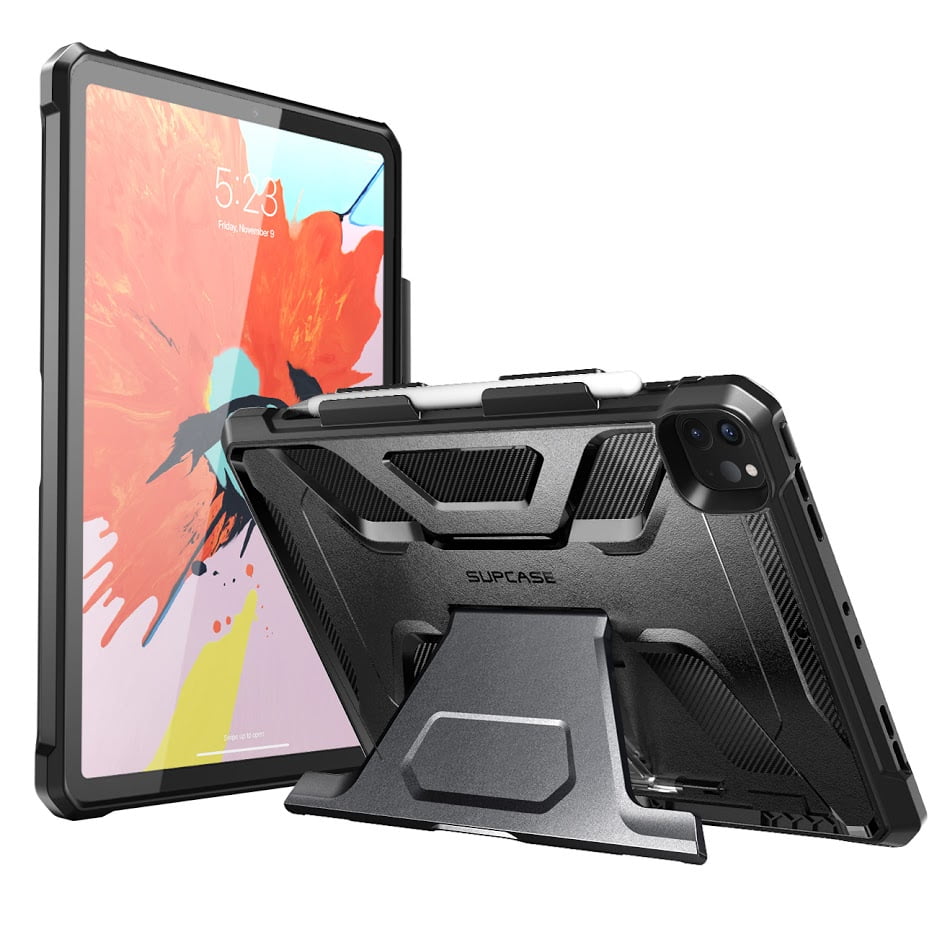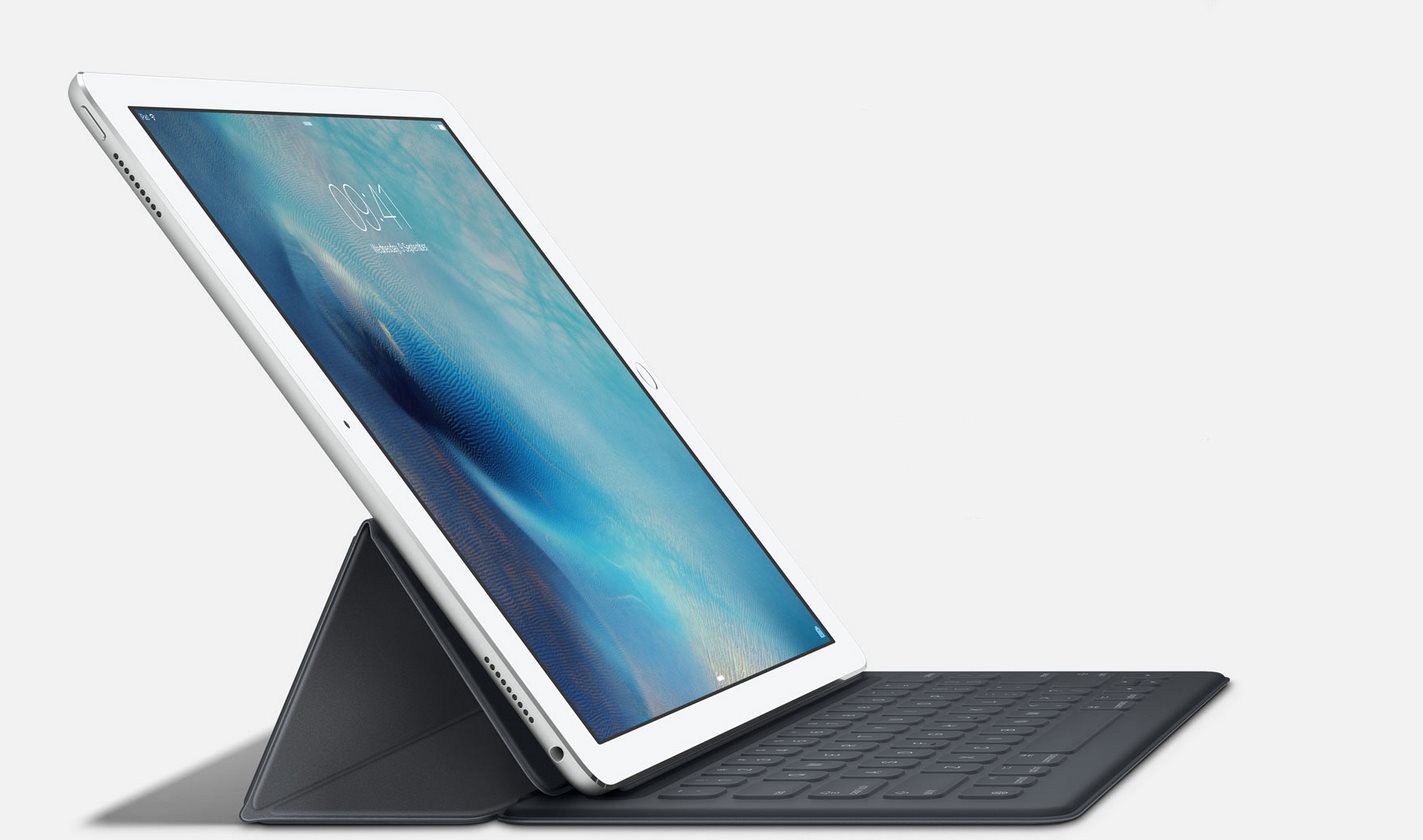

The display can also reach up to 1,000 nits of brightness, while the 11-inch model can reach up to 600 nits. The display on the 12.9-inch model includes 10,000 LEDs to create a more-realistic, “stunning” viewing experience, according to Apple. In terms of display technology, the 12.9-inch iPad Pro offers Apple’s new “Liquid Retina XDR” display, which is based on mini-LED display technology. The resolution is nearly identical on both of the new iPad Pro models, which feature resolution of 264 pixels per inch. The Surface Pro X screen features resolution of 267 pixels per inch (ppi), and uses Microsoft’s vibrant PixelSense display technology. The Surface Pro X is comparable in size to the larger iPad Pro model, with a 13-inch display (which also makes it notably larger than the standard Surface Pro line of tablets, which feature a 12.3-inch display). Which of the two devices is the best fit for your needs? What follows is our comparison of Apple’s iPad Pro (M1) vs Microsoft’s Surface Pro X on specs, features and price.įor the iPad Pro, you’ll have to choose between two display sizes-11 inches or 12.9 inches. (Among them is the fact that the Surface Pro X runs a full PC operating system, Windows 10, while the iPad Pro runs a less-versatile mobile operating system, iPadOS 14.) Both 2-in-1 tablets promise vivid displays, strong battery life, premium keyboards and a portable form factor-while offering a number of differences from each other, too. The M1 iPad Pro and latest Surface Pro X are aiming to stand apart based on more than just performance, though. With the Surface Pro X, Microsoft is offering custom Arm-based processors of its own-including the Microsoft SQ2 chip, which launched in the updated Surface Pro X last fall (and was co-developed with Qualcomm).

But Apple isn’t the only device maker that’s looking to distinguish its tablet lineup using custom-designed CPUs. The Apple M1 processor is the same Arm-based chip found in the latest MacBook Pro and MacBook Air, and promises to offer a major boost on speed for the new iPad Pro 2-in-1 tablet models.

After years of claiming that the iPad Pro is a worthy replacement for a laptop, Apple has finally set out to prove it-outfitting the new iPad Pro with an actual laptop processor, the M1.


 0 kommentar(er)
0 kommentar(er)
